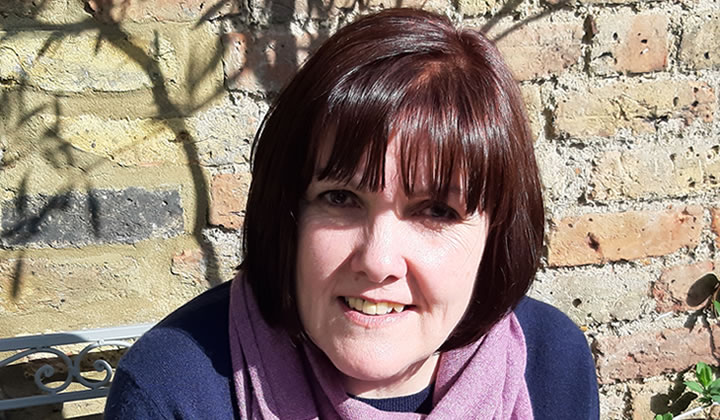
I am a 54-year-old female, working as a nurse in the NHS and diagnosed with Antiphospholipid Syndrome in 2015 following an admission to hospital in May 2014 with unprovoked bilateral pulmonary emboli. This is an account of my experience of COVID-19 in March this year. The first sign I had that something was wrong was on 2nd March when I was at work and a colleague mentioned I looked flushed. When I got home, I took my temperature and was shocked to see it was 39.1 Celsius. I contacted 111 and was advised my GP would have to see me that evening. The GP asked some questions prior to me attending, mainly regarding travel to China or Italy. He checked my throat, ears, urine and nothing out of the ordinary was evident. He suggested I could be brewing something and to see how I felt over the next few days. Well I continued to feel fine so carried on as normal.
All was good until 14th March when I though I was developing a sore throat, no high temperature until the following evening (when I was preparing for work the following day) I took my temperature which was 38.7 Celsius. I was not feeling particularly unwell but by this stage there was a clear instruction not to go to work with a high temperature.
This was just the beginning, the next 10 days were spent bedridden with an unrelenting fever, no energy to do anything, unable to eat or drink due to diarrhoea plus having no appetite (even the thought of swallowing paracetamol made me feel nauseous). The only thing I could keep down was small sips of water. I remember it took me 1.5 hours to work up the energy to get out of bed to go to the bathroom. As a measure of how little energy I had, I was unable to shower or bathe for the 10 days. I did develop the dry cough but not until day 6.
I did contact 111 and was called back after 36 hours, to be told I wasn’t ill enough for hospital but if I reached a point of being unable to breathe to phone 999. It was a frightening time, feeling the most unwell I’d ever felt in my life but no option to attend the GP, who stayed in contact with me by email. I got out of bed one morning and everything went black, this was probably the lowest and worst point of the virus.
However, after 2 weeks I felt I was starting to recover and another week at home made me feel well enough to return to work. I should mention I continued to take my warfarin throughout the 3 weeks and when I was able to return to the Anticoagulation Clinic had an unmeasurable INR and required Vitamin K to urgently reverse the warfarin. In retrospect I was lucky to be taking warfarin as the accounts of sticky blood with COVID-19 are of great concern if you are already diagnosed with Antiphospholipid Syndrome.
Repercussions of the illness have been fatigue meaning I sometimes got into bed as soon as I got home from work and afternoon naps becoming a regular feature of my weekends. The other alarming side-effect was hair loss, which started about 3 months post COVID-19. I am happy to say both are now lessening.
Medical comment
COVID-19 can present in three forms- mild- when the patient is unwell but does not have shortness of breathe; moderate- when patients gets SOB and low on oxygen in the blood due to pneumonia caused by the virus; and lastly severe –when the patient requires support from mechanical ventilation to breathe.
This is a description of “mild” COVID-19 although it was far from mild as far as symptoms are concerned.
It is really important to note that the risk of having COVID-19 and the risk of getting COVID-19 pneumonia are not increased in those with previous blood clots. Blood does get very sticky in those who have COVID-19 pneumonia, but not in those with mild COVID-19.
There is no evidence that those with recognised conditions such as antiphospholipid syndrome will get more blood clots than someone who does not have antiphospholipid syndrome, but obviously it is important to keep taking anticoagulation.
Taking warfarin, one needs to make sure that the intake of vitamin K is the same every day (it is mainly in green food in the British diet) so not eating when ill, as in this description will lead to a very high INR.
This very good description of having mild COVID-19 occurred in March when there was little testing. Now one would automatically go for COVID-19 PCR testing with the first symptoms.


